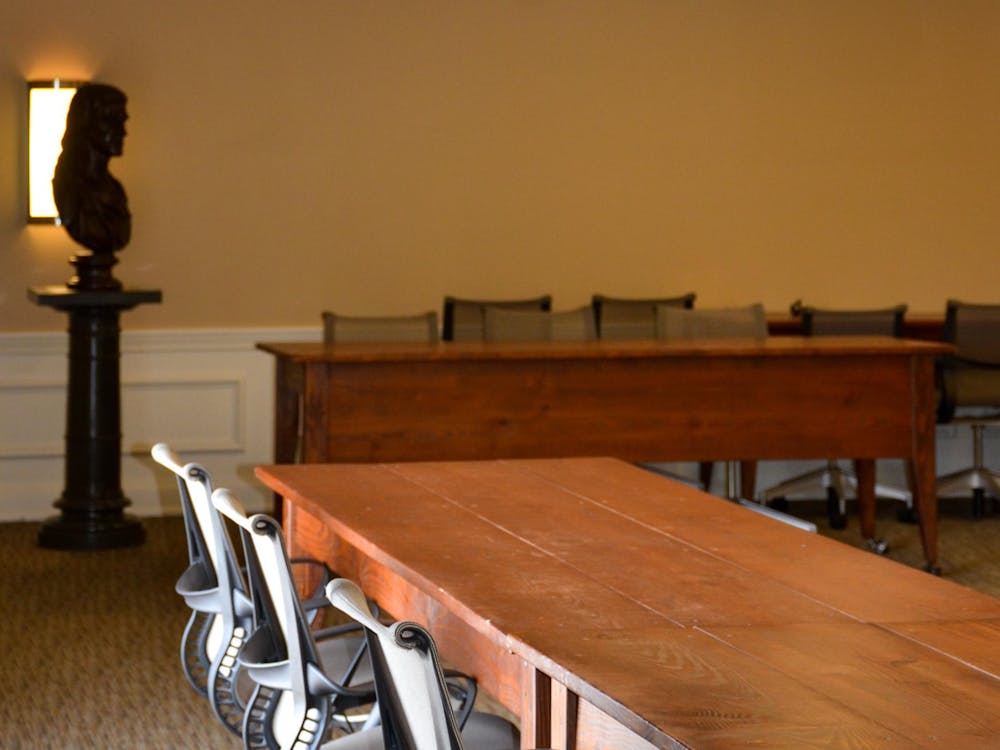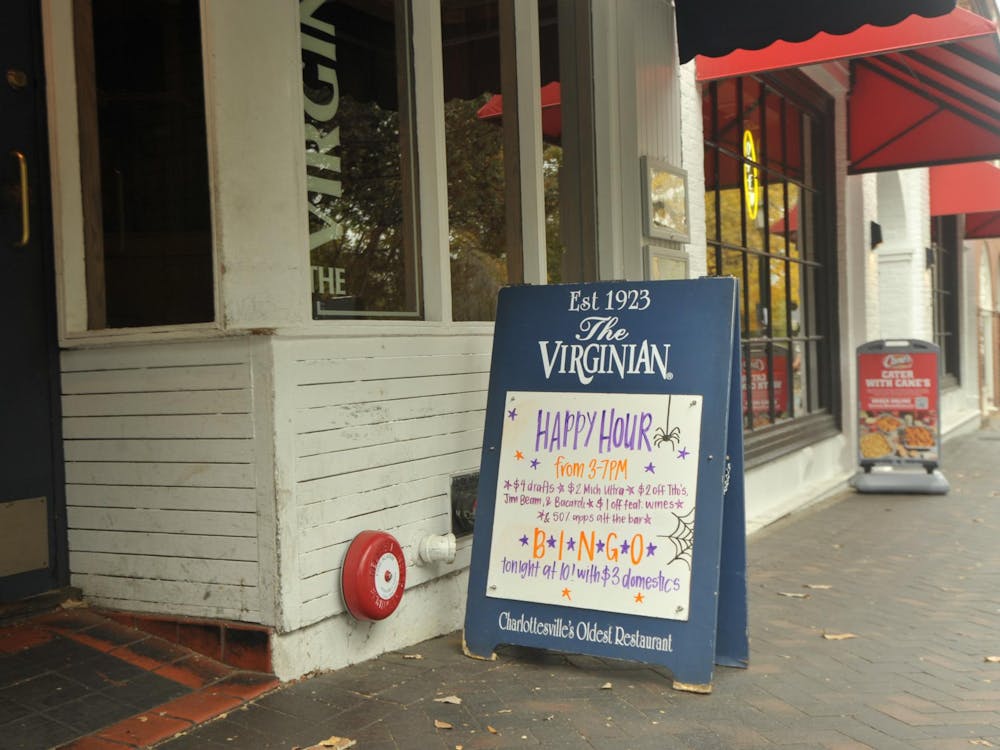The Children's Museum at the University Medical Center will close next Tuesday after operating for over 25 years, according to Medical Center spokesperson Peter Jump.
Jump said the decision to close the museum was not based on budgetary or space needs but rather a need to facilitate and coordinate children's education.
Jump said the space currently occupied by the Museum likely will be converted into extra space for patient registration at the adjacent primary care center.
According to its Web site, the Museum has taken in over 150,000 visitors since its opening, including children ranging from toddlers to early teens. The Museum contains various educational exhibits and activities related to medical topics, including operations and x-rays.
"The vast majority of the 10,000 [yearly visitors] are coming with school groups to get education," Jump said.
He also said over 2,600 children came to the hospital for operations in 2004, but only 38 attended the pre-operation program provided by the Museum. He said doctors and nurses already educate children before operations.
"The [Museum] staff have done a wonderful job, but they are not professional physicians," Jump said.
The Museum employs two permanent staff members as well as approximately 30 volunteers. According to Jump, the volunteers have a variety of alternative employment options, and the staff members "have been offered alternative positions in the medical center."
Jump said the decision to close the hospital was made in late 2004. He said he was not aware of debate or protest surrounding the closing.
"People around the hospital are generally supportive of it," Jump said.
Brittany Square, a first-year College student and volunteer at the Museum, said she is upset about the closing.
"It's a really good place for kids, and it's a lot of fun for volunteers," Square said.
Danielle Varughese, a third-year College student and volunteer at the Museum, described the discussion surrounding the closing as very civil.
"There is a differing opinion as to what's best for the hospital," she said.
Varughese said some volunteers are frustrated because they no longer will be able to interact with incoming children. She also said the Museum was crucial because it provided education and emotional care for children. She said an average of 20 to 30 children visit the Museum daily.
Square said the volunteers were informed of the decision at the beginning of the semester and were disappointed with the news. Square said she also is concerned about educational and entertainment opportunities for children visiting the hospital.
Jump said there is no rush to fill any crucial service. He said the Children's Hospital will be adequate in providing services previously offered by the Museum.
"We're in a new century, a different age -- medical science is more complicated," Jump said. "We just feel that the physicians and the nurses can provide better education."






